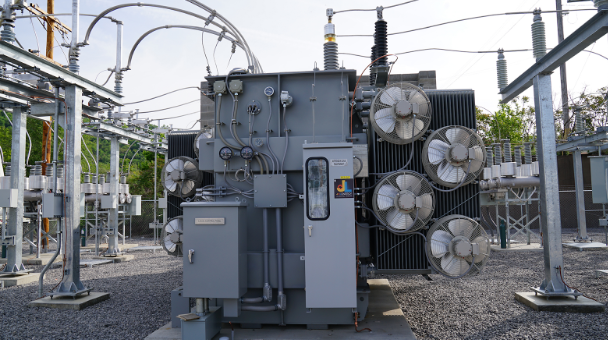Electrical transformers are essential devices in the world of electricity. They help transfer power from one circuit to another while changing the voltage level. Businesses, industries, and even households rely on transformers to ensure a steady and safe supply of electricity.
Investing in high-quality transformers is not just about buying equipment; it is a smart choice that brings long-term benefits. Understanding the advantages of transformers can help people make better decisions when managing electrical systems or planning energy investments.
1. Improved Energy Efficiency
One major advantage of investing in electrical transformers is energy efficiency. Transformers reduce the amount of energy lost while electricity travels over long distances. By adjusting voltage levels to the right amount, transformers ensure that power reaches homes and factories with minimal waste.
This efficiency is important because it lowers electricity costs and reduces the strain on power grids. When businesses invest in efficient transformers, they save money and also support a more environmentally friendly energy system.
2. Enhanced Safety for Electrical Systems
Transformers play a critical role in keeping electrical systems safe. They control the voltage of electricity, preventing sudden surges that could damage appliances or machinery. High-voltage electricity can be dangerous, but transformers reduce this risk by converting it to safe levels.
This protection is especially important in industrial settings, where equipment failure can be costly and hazardous. By investing in quality transformers, companies can prevent accidents, reduce equipment damage, and maintain a safer working environment.
3. Reliable Power Supply
Another advantage of investing in electrical transformers is that they provide a reliable power supply. Transformers help maintain a steady flow of electricity even when demand changes. This reliability is essential for industries, hospitals, and businesses that cannot afford power interruptions.
When transformers function correctly, they ensure that operations continue smoothly without unexpected shutdowns. This reliability not only improves productivity but also builds trust with clients and customers who depend on consistent services.
4. Support for Growing Energy Needs
As technology advances and populations grow, the demand for electricity increases. Investing in transformers allows communities and businesses to meet these growing energy needs. Transformers can handle higher loads and adapt to changing electrical demands.
They also make it easier to expand electrical networks as new buildings or factories are added. By choosing transformers that are durable and scalable, investors ensure that their energy systems remain strong and capable of handling future growth.
5. Long-Term Cost Savings
Finally, investing in electrical transformers leads to long-term cost savings. While high-quality transformers may require a larger initial investment, they last longer and need less maintenance. This durability reduces replacement costs and lowers the chance of unexpected expenses due to electrical failures.
Over time, the money saved on energy efficiency, safety, and maintenance can be significant. Investing in transformers is not just spending money on equipment; it is a strategic decision that pays off for years.
Conclusion
Electrical transformers are more than just devices in the power system; they are investments that bring multiple advantages. From improving energy efficiency and safety to providing reliable power, supporting growth, and saving costs, transformers play a vital role in modern electricity networks.
Choosing the right transformers ensures smooth operations for businesses and communities alike. By understanding these benefits, anyone managing electricity or planning energy investments can make smarter, safer, and more cost-effective decisions.


